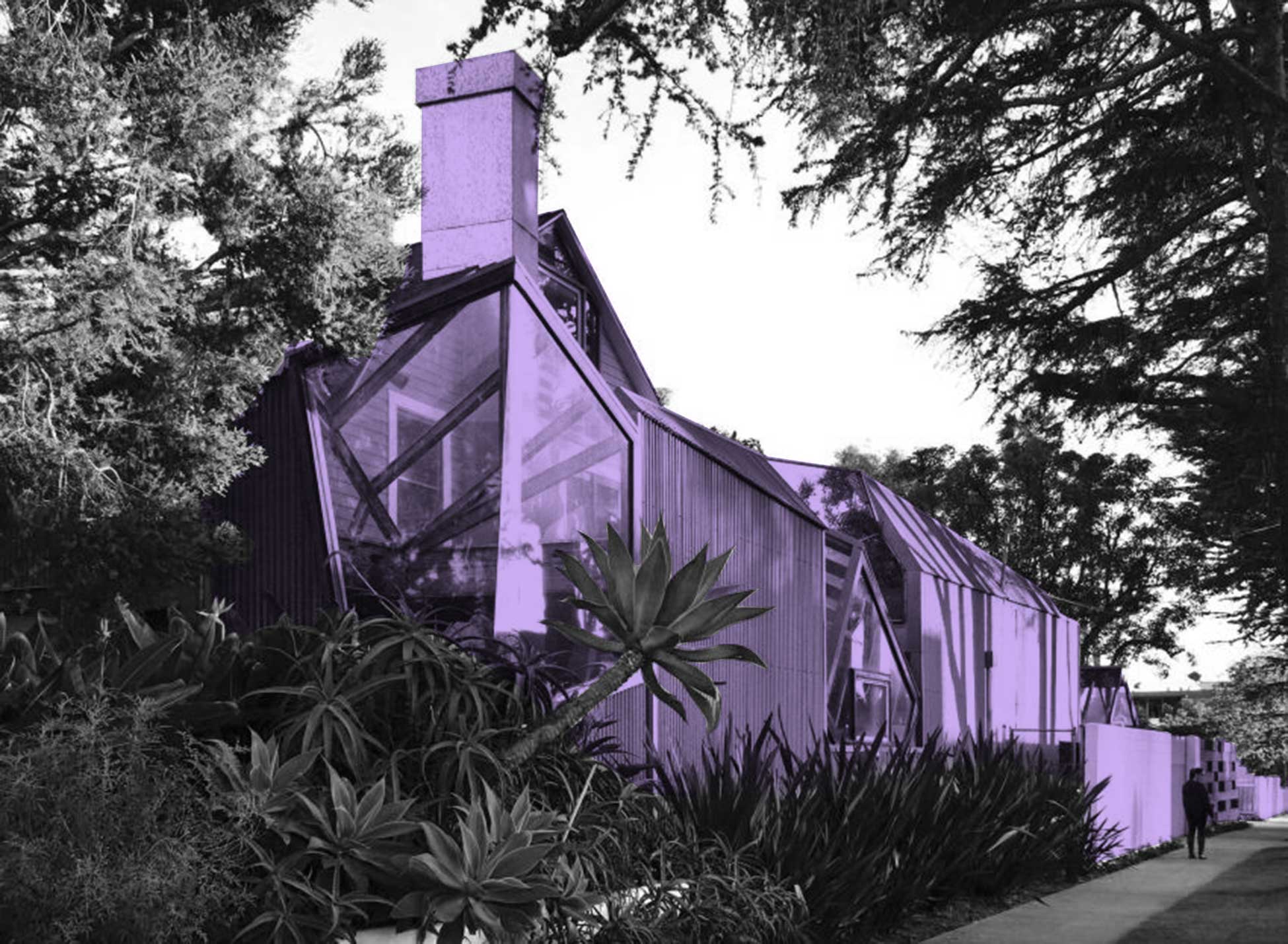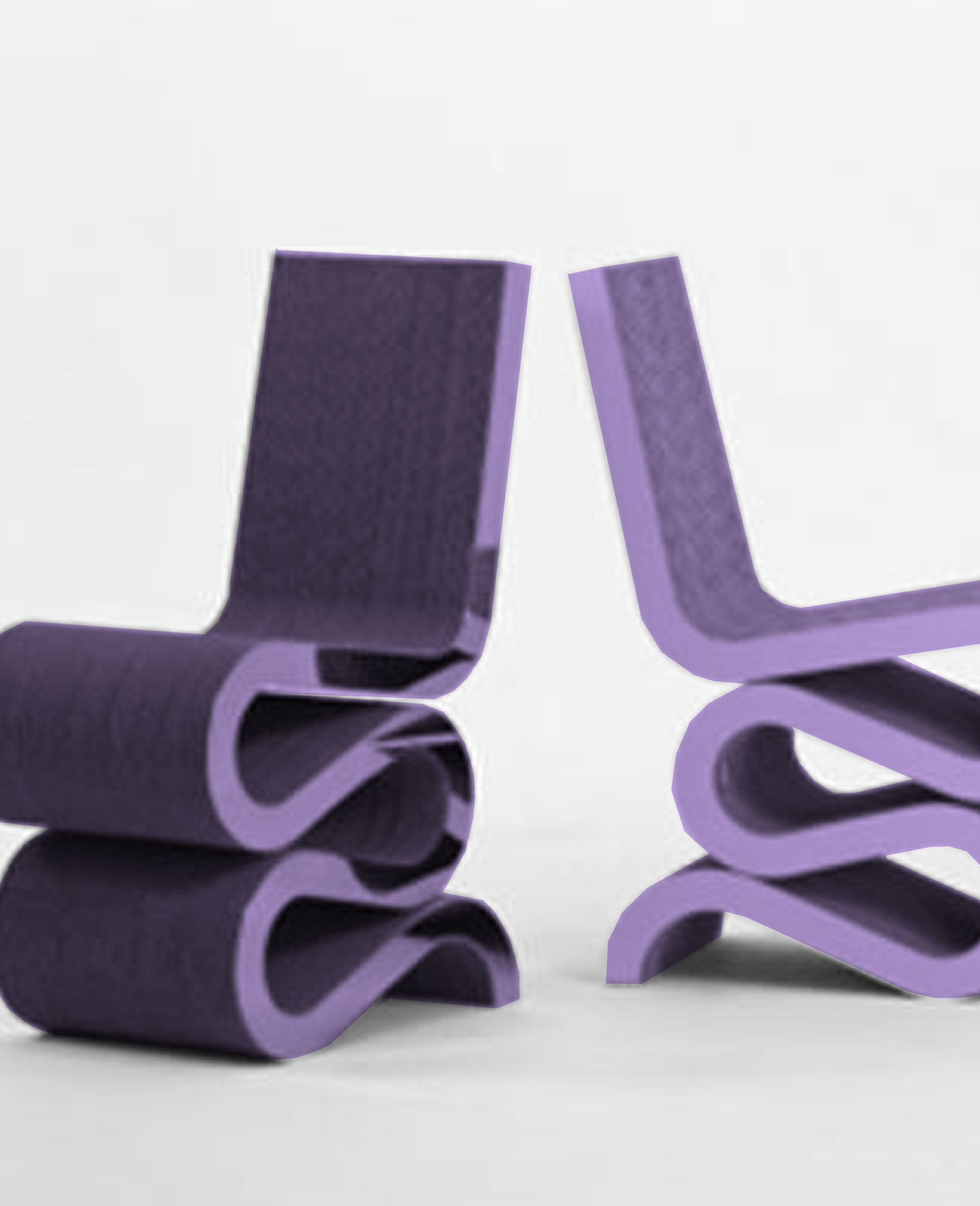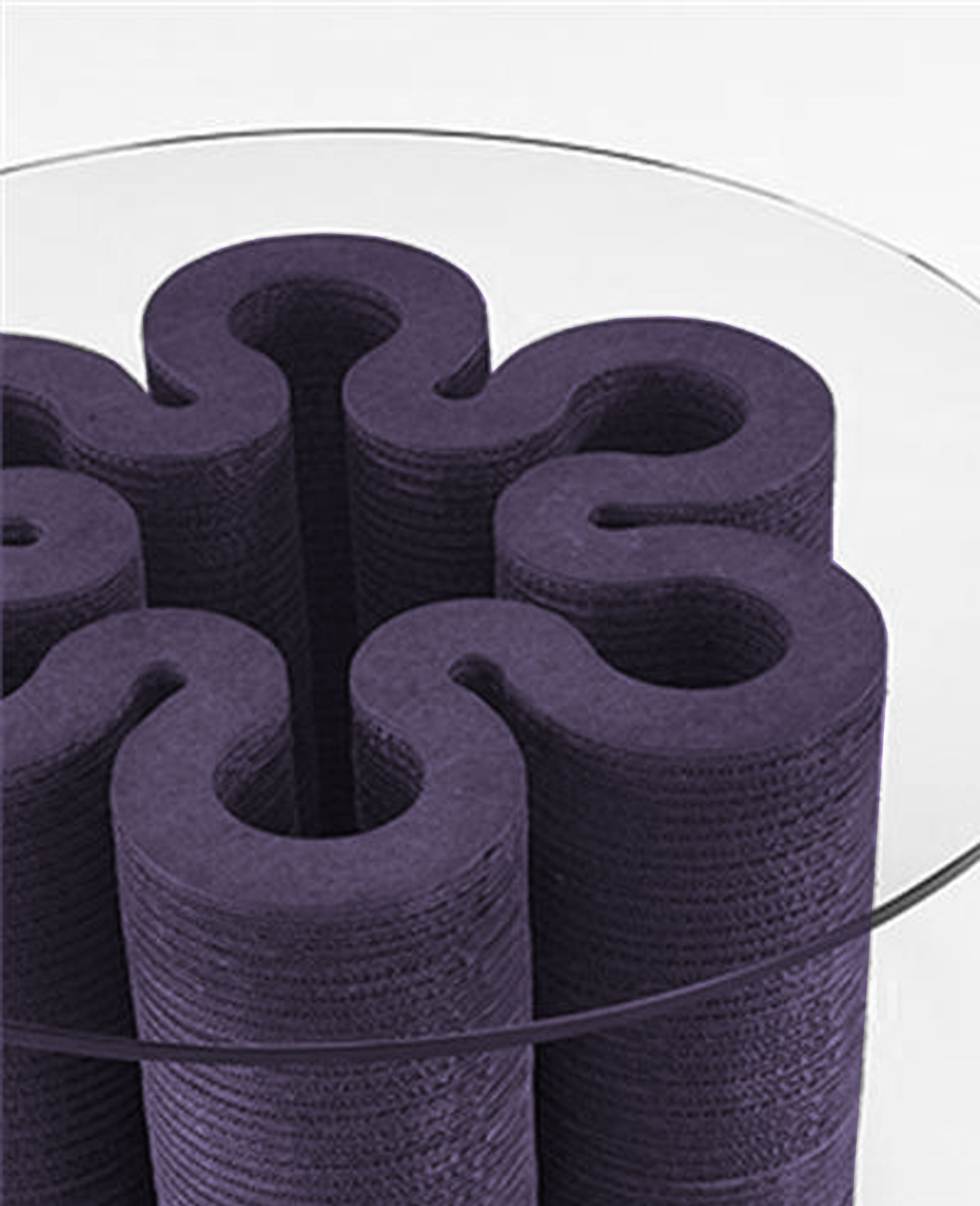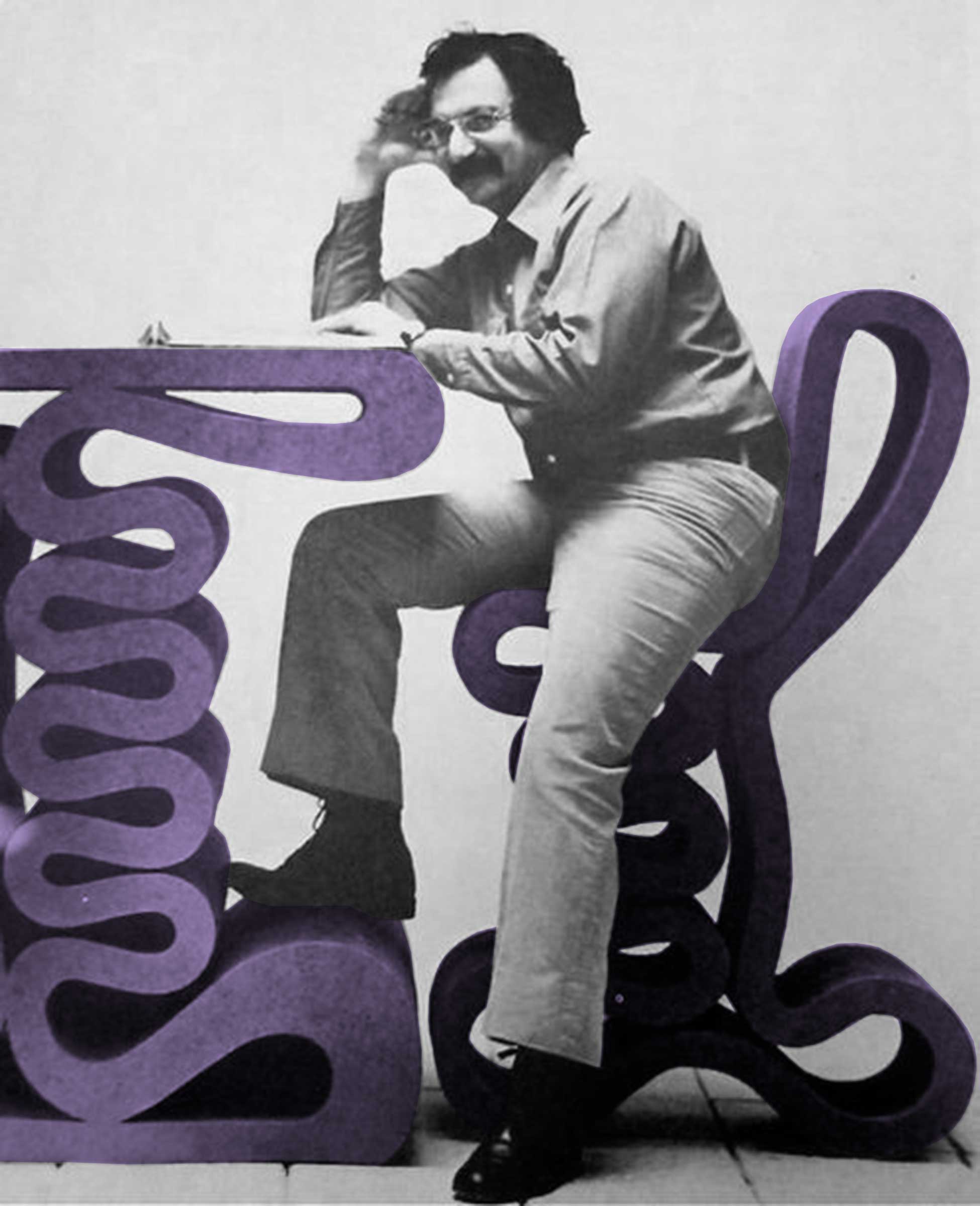INTERIOR
Frank Gehry’s Furniture #Frank Gehry
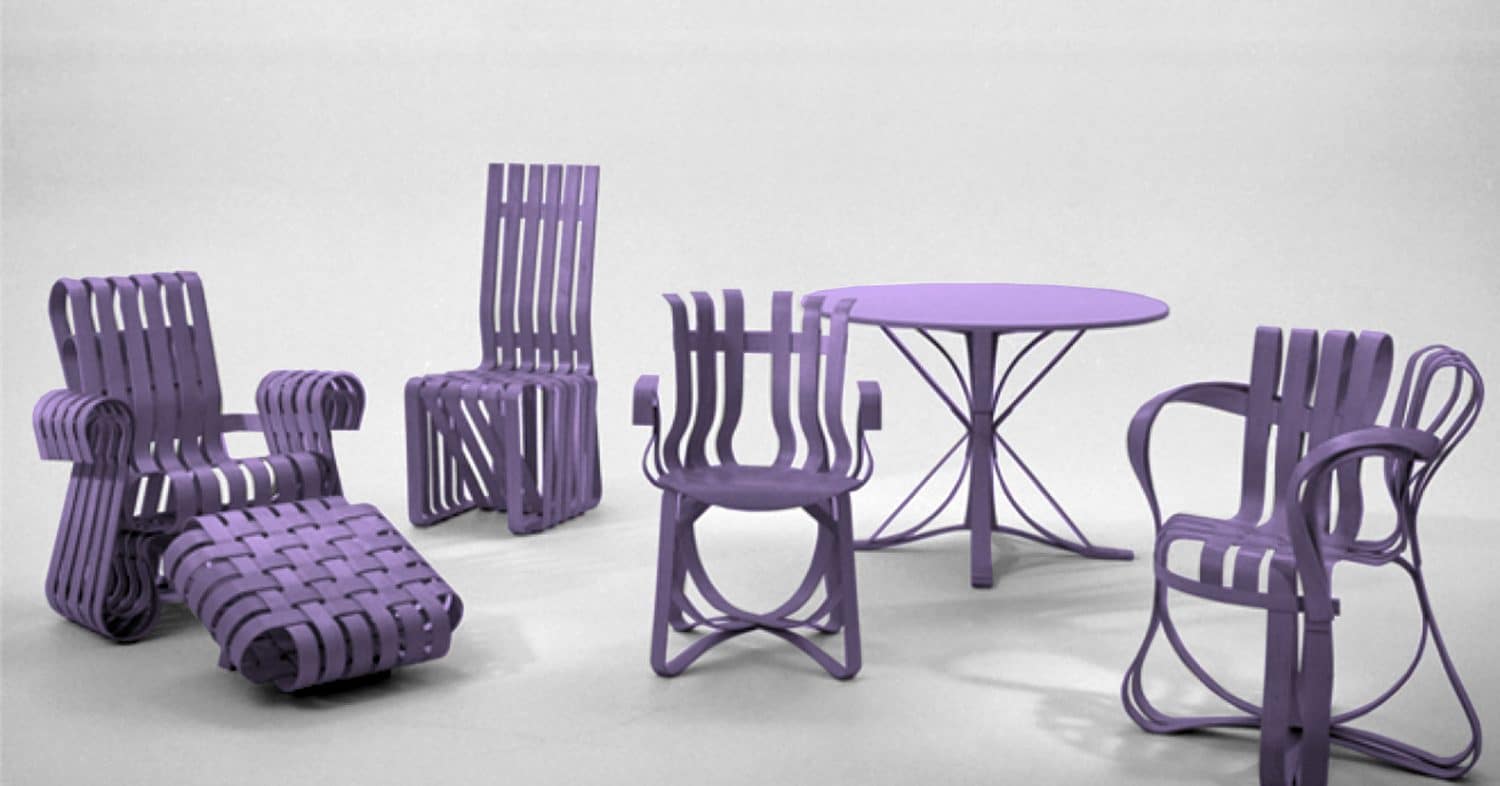
Architect Frank Gehry, awarded the Pritzker Prize in 1989, is mostly known because of his large buildings with twisted shapes and titanium cladding, such as the Guggenheim Museum in Bilbao or the Walt Disney Concert Hall in Los Angeles.
However, Gehry positioned himself in the world of avant-garde architecture in 1978 with the refurbishment of a small detached house in the suburbs of Los Angeles. There he used common, every-day materials such as wire mesh or plywood boards. This ongoing, unfinished, unstable house became a banner of the “Deconstuctivist Architecture” when it was included in the homonymous MoMA exhibition in 1988.
Gehry’s taste for cheap, refused materials and for immediacy was also present in the furniture series Easy Edges, made in the early 70’s gluing together sheets of corrugated cardboard from packaging boxes, cut in a sinuous shape. In the late 70`s he used again the same material for the Experimental Edges series, where the accurate and well-defined silhouettes of the former series were changed for softer shapes and rougher textures.
Designing a new chair is Talmudic, complex question; it is not just four legs and a seat.Frank Gehry, “Up Everest in a Wolkswagen”, Design Quarterly 155, spring 1992
The “ready-made” concept behind this furniture give way to a revision of crafts, particularly basket weaving, also adhered to the immediacy between process and result that is one of Gehry’s main feature. In 1992 he presented a series of furniture entirely made from interwoven maple wood strips. He achieved by using just one extremely light material the resistance that the structure needs and the flexibility that a comfortable seat needs.

